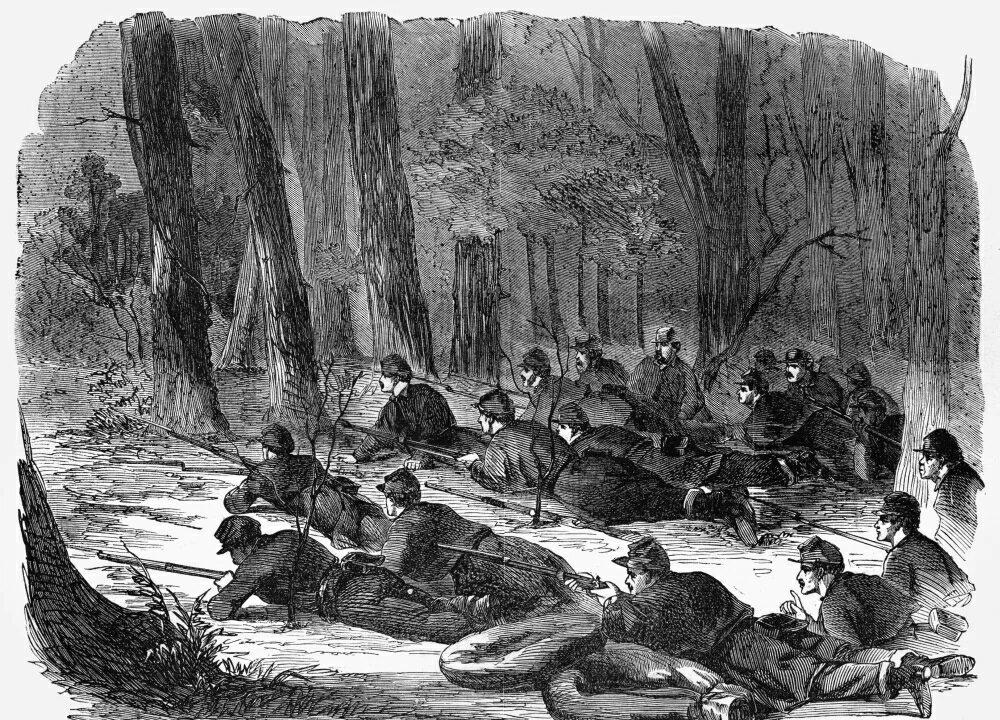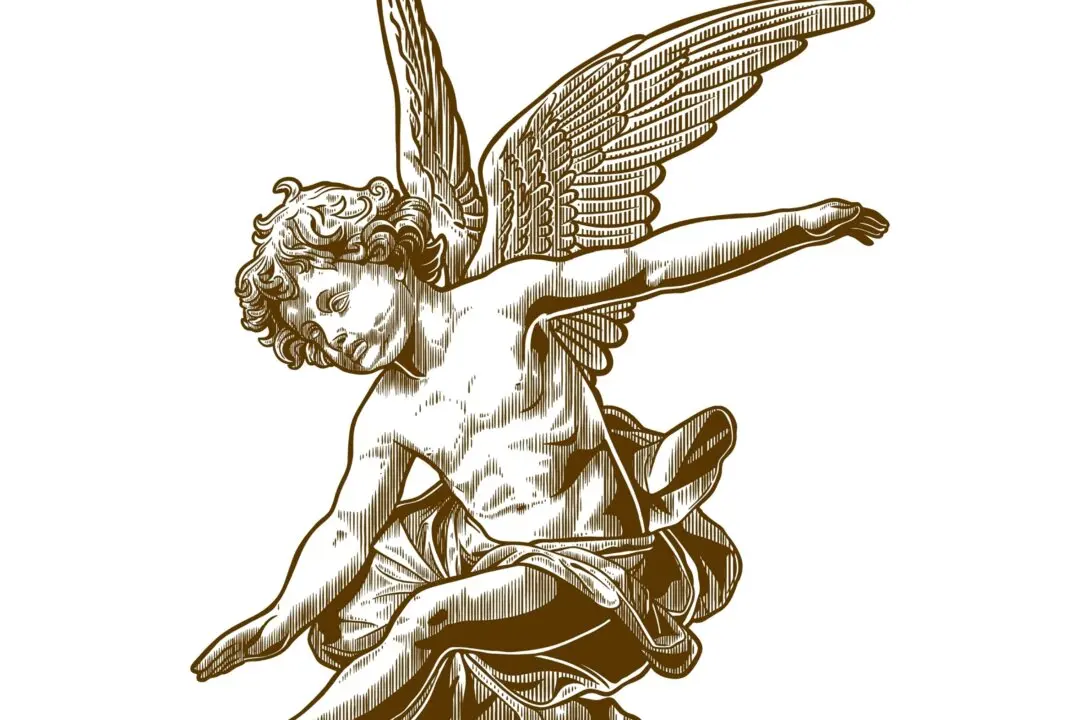“Progress” can make us forget our history and the people who made our country great. Around the beginning of the 20th century, author Willa Cather noted that industrialization suffocated much of the past when oil rigs and skyscrapers rose.
People submitted to the machinery of progress and soon forgot what really matters: the hope, fire, and conviction of life. However, to counter such submission and a lackadaisical life, one young man returned home and found his family.






